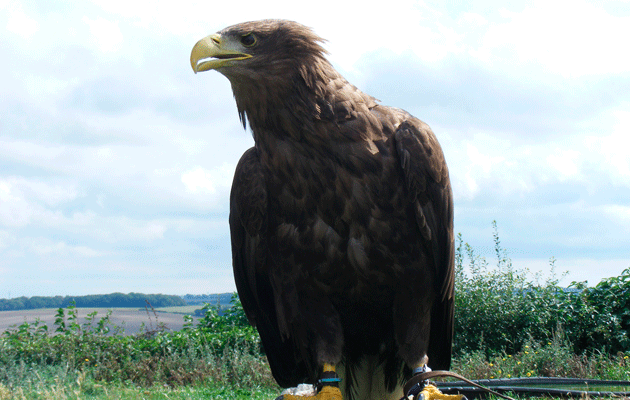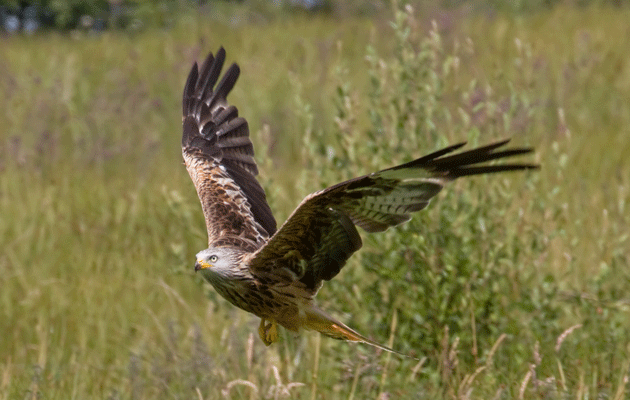GWCT’s restoring the balance policy

In early summer, the view from my living room window is simply gorgeous. In the foreground there are a couple of water meadows, which extend down to the Hampshire Avon in the distance. There are willows and ash trees along one wet field boundary and a few old craggy isolated oaks in the fields. What really takes your breath away, however, are the meadows themselves, shimmering yellow
with buttercups and containing a dozen or so black or brown cattle. It is truly a landscape worthy of John Constable.
These meadows were part of the Avon Valley Environmentally Sensitive Area (ESA) and the farmer is currently negotiating with Natural England about transferring them into a new Stewardship Agreement. Under the scheme he will be paid for not using fertilizers, herbicides or pesticides, limiting stocking to very low numbers and putting off any mowing until July.
This ESA has been in place for 15 years and one of the principal aims was to bring back breeding waders such as the lapwing and redshank, which formerly bred in the valley. When I walk down the Avon Valley footpath that runs alongside these meadows, I never see any waders, mostly what I see are carrion crows. They sit up in the oak trees on the lookout. It is not difficult to work out what is going on. The habitat restoration has worked brilliantly but the waders are failing because of the crows. Perhaps the farmer should control the crows. But why should he? His employees have other things to do and he doesnt run a gameshoot.
There are many examples like this across the country and together they are contributing to a gradual loss of biodiversity in spite of the formidable amounts of money being spent on conservation schemes. A House of Commons Select Committee summed it up last autumn with the following conclusion: The Government is unlikely to meet its 2010 target to halt biodiversity loss. Though good progress has been made in some respects, a new target and new approach will be needed to address the dramatic biodiversity loss that is occurring in England.
We agree and we think the reason is that well intentioned efforts have often missed the point and so results have fallen short. Essentially most conservation has been based around two principles: protection and prescription. The law has been protective and the conservation schemes prescriptive. The Government protects species in trouble and prescribes measures to farmers to restore habitats.
We think the new approach that the Select Committee has called for should first be based on new wildlife legislation that has conservation, rather than protection, at its heart. This would allow flexible and local solutions so that, for example, animals could be controlled in some localities where they are a nuisance but not in other places where they are not. Second, we should consider rewarding farmers who make things work. Why not pay them extra for having breeding lapwings on the water meadows or water voles in the stream? This way they might think it worth their while to invest in a Larsen trap or two and look into getting hold of some GWCT mink rafts.
To read the GWCTs Restoring the Balance policy, visit www.gwct.org.uk.
Have your say: if you have a view on a current news topic, send it, in no more than 500 words, to [email protected].
What is YOUR opinion?
Join other ST readers in our forums to discuss your views.
Like this article? Mark this page on a social bookmarking website…
![]()
What are social bookmarking sites?








